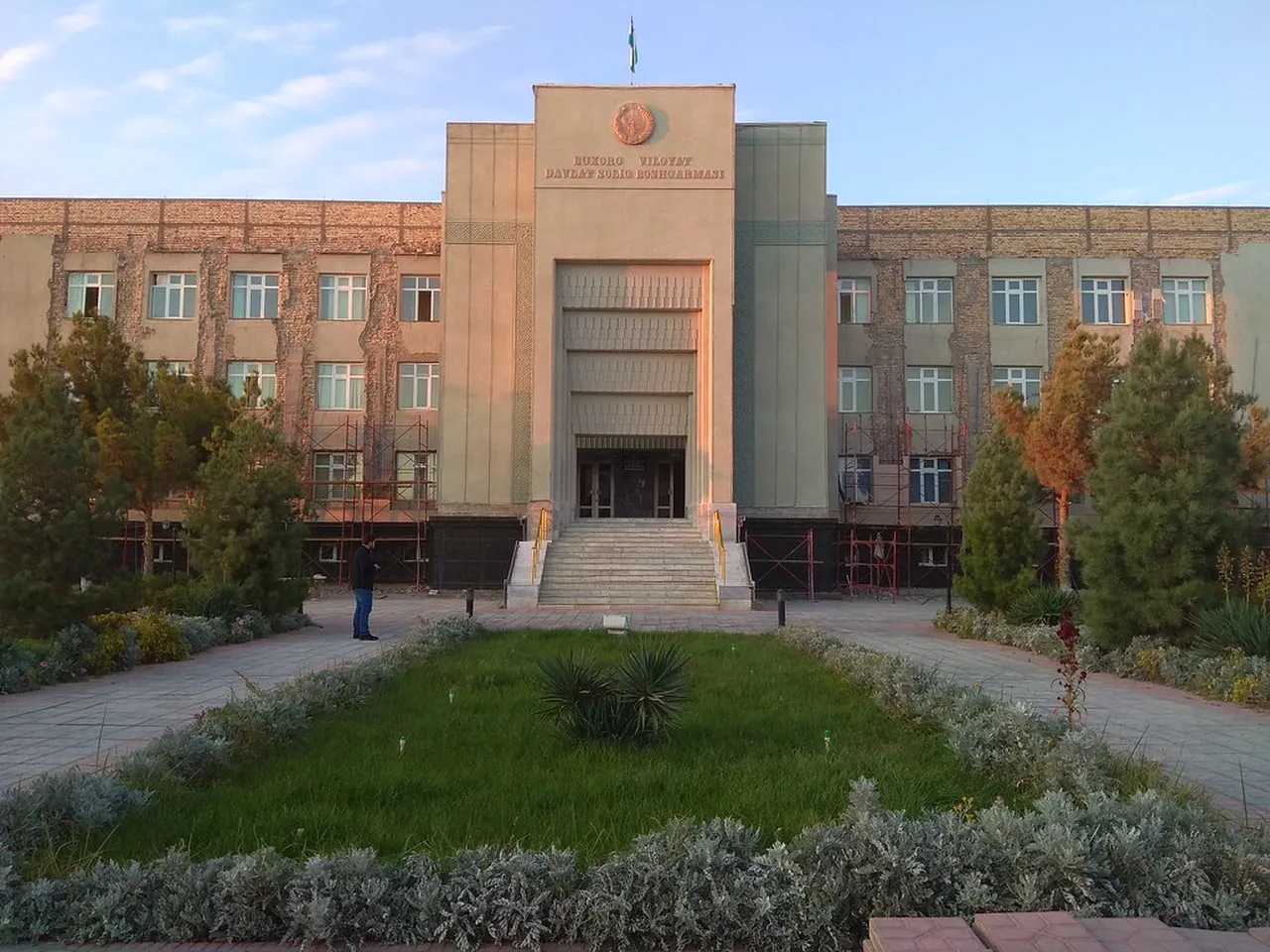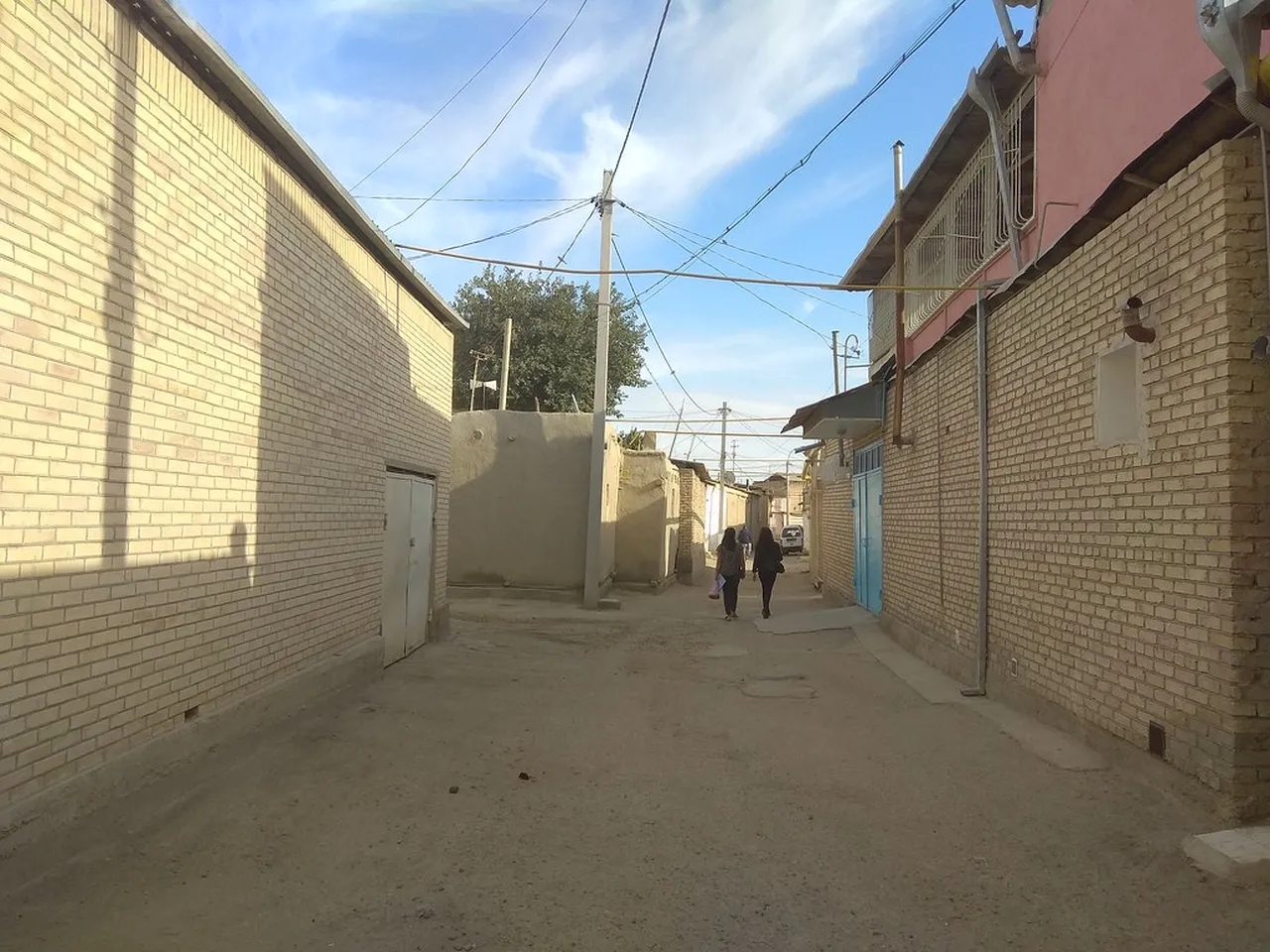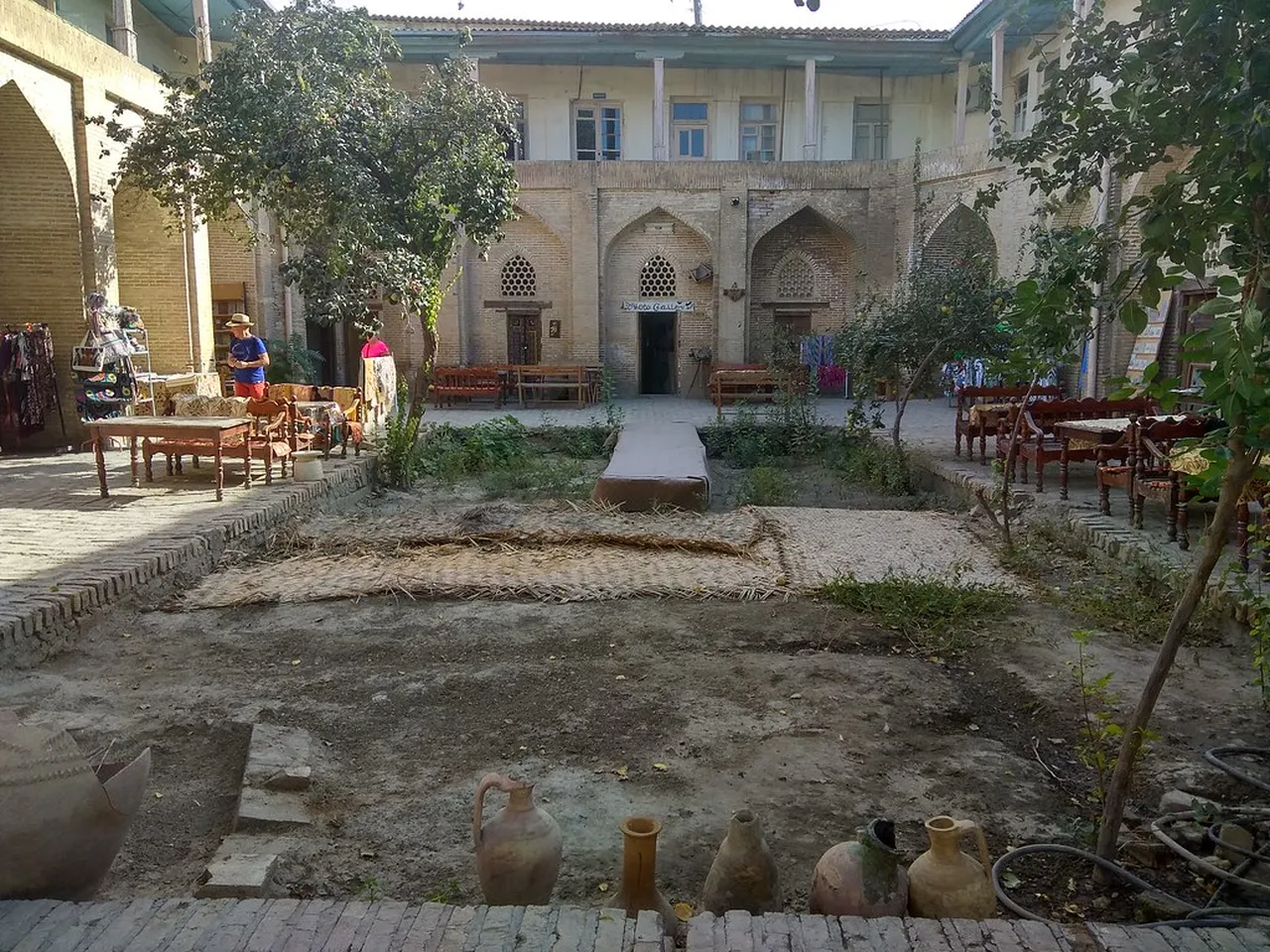
Bukhara Landmarks: Unveiling 10 Iconic Sites
Table of Contents
Bukhara Landmarks
Bukhara is an enchanting city in Uzbekistan, steeped in history and brimming with breathtaking landmarks. As one of the key stops along the ancient Silk Road, Bukhara boasts a stunning collection of architectural gems, each telling a story of its rich heritage. In this article, we will delve into 10 remarkable Bukhara landmarks that represent the city’s unique synthesis of culture, spirituality, and artistry. From majestic mosques to grand fortresses, these sites are not just historical treasures—they are a testament to the city’s vibrant past and enduring spirit, inviting visitors to immerse themselves in the enchanting atmosphere of Bukhara.
Want to find the best travel deals for this destination? adventure planner system with our adventure planning specialist!
1. Ark Fortress: The Royal Citadel of Bukhara

The Ark Fortress, a magnificent citadel of Bukhara, stands as a testament to the city’s rich history and architectural prowess. This ancient fortress dates back to the 5th century and served as the residence of Bukhara’s rulers for centuries. When you visit, you can explore its impressive walls, which reach heights of up to 20 meters, and imagine the regal life that once unfolded within.
As you walk through the gates, be sure to admire the beautifully decorated halls and museums located within the fortress. Additionally, the view from the top is breathtaking, offering panoramic sights of the Bukhara landscape. Overall, the Ark Fortress encapsulates the essence of Bukhara’s historical significance.
2. Bukhara’s Kalon Minaret: A Towering Symbol of Faith

Standing tall at 47 meters, Bukhara’s Kalon Minaret is a breathtaking landmark that symbolizes the Islamic faith and Bukhara’s deep-rooted spirituality. Constructed in the 12th century, this stunning minaret was part of the grand mosque complex, and it served as a beacon for travelers.
Visitors are often captivated by its intricate brickwork and geometric patterns. The minaret’s height allowed it to be seen from miles away, guiding worshippers to prayer. Hence, climbing the minaret is a popular activity; the view from the top is absolutely remarkable. In summary, the Kalon Minaret is not only an architectural wonder but an integral part of Bukhara’s religious landscape.
3. The Po-i-Kalyan Complex: Where Architecture Meets Divinity

The Po-i-Kalyan Complex is one of Bukhara’s most significant landmarks, showcasing the city’s architectural brilliance and spiritual heritage. This stunning complex includes the Kalon Mosque, the Kalon Minaret, and the Mir-i-Arab Madrasah, all of which reflect the harmonious blend of Islamic art and architecture.
When visiting, you will be amazed by the grand mosaic tiles and expansive prayer halls. Furthermore, the sheer scale of the Kalon Mosque can accommodate thousands of worshippers, making it a central place of gathering for the community. In essence, the Po-i-Kalyan Complex serves as a vivid reminder of Bukhara’s historical importance in the Islamic world.
4. The Samanid Mausoleum: A Glimpse into Bukhara’s Past

When visiting Bukhara, a stop at the Samanid Mausoleum is essential. This architectural masterpiece is not only a significant historical site but also a UNESCO World Heritage site. Built in the 9th century, it stands as a testament to the rich history of Bukhara and the Samanid dynasty.
The mausoleum showcases intricate brickwork and mesmerizing geometric patterns that reflect the advanced craftsmanship of the time. Moreover, as you approach, the structure’s simplicity and symmetry draw you in, promising a serene experience. Hence, it serves not just as a tomb but as a symbol of Bukhara’s identity.
Furthermore, the tranquil surroundings invite visitors to ponder the past, making it a perfect spot for reflection. Don’t forget to capture stunning photographs of this iconic landmark!
5. Lyab-i-Hauz: The Heart of Bukhara’s Serenity
Insider Tip: Get the most out of your Bukhara visit with guided tours!

Lyab-i-Hauz serves as a serene oasis amid the bustling streets of Bukhara. This beautiful complex revolves around a large pond, which was constructed in the 16th century, providing a tranquil escape for both locals and tourists. The reflection of magnificent architecture in the water, especially during sunset, creates a picturesque scene.
While resting by the pond, you can admire the surrounding historical structures, including the Kukeldash Madrasah and the Naqshbandi Madrasah. Additionally, many cafes nearby offer a peaceful atmosphere to enjoy traditional Uzbek cuisine. Thus, it’s not only a place for relaxation but also a hub for social interaction.
Moreover, the vibrant atmosphere often features musicians and artists, enhancing the cultural experience. Don’t miss this opportunity to soak in the charm of Bukhara!
6. The Trade Domes: A Historic Marketplace Experience
The Trade Domes of Bukhara represent the city’s long-standing tradition as a center of commerce. Dating back to the 16th century, these domes were pivotal in facilitating trade along the Silk Road. Today, they remain a lively marketplace, brimming with history and local crafts.
As you wander through these covered bazaars, you’ll discover a myriad of shops offering exquisite handwoven carpets, intricate ceramics, and traditional textiles. Additionally, haggling is part of the experience, allowing you to engage with local merchants and immerse yourself in the vibrant Culture.
Moreover, don’t overlook the architectural beauty of the domes themselves. The intricate tile work and vaulted ceilings provide a stunning backdrop for your shopping Adventures. Indeed, spending time here will enhance your understanding of Bukhara’s cultural heritage.
7. Taqi Zargaron: The Jewelers’ Dome of Bukhara
Situated in the bustling heart of Bukhara, Taqi Zargaron, or the Jewelers’ Dome, serves as an iconic representation of the city’s rich trading history. This fascinating landmark features a stunning domed structure that encapsulates the spirit of ancient commerce. As I walked through the dome, I was surrounded by shops filled with exquisite jewelry and traditional crafts.
What makes Taqi Zargaron truly special is its architectural beauty. The central dome is adorned with intricate designs that capture the sunlight, creating a play of light and shadow throughout the marketplace. Additionally, the atmosphere here is vibrant and full of life, making it an ideal spot for both shopping and cultural immersion.
Pro Tip: Don’t forget to bargain while shopping—it’s a part of the experience!
8. The Chor-Minor: A Unique Architectural Jewel
Pro Tip: Book your Bukhara adventures in advance through Viator for the best deals!
One of the most charming Bukhara landmarks is undoubtedly the Chor-Minor, which translates to “Four Towers”. This whimsical structure stands out with its four distinctive minarets each topped with azure domes. Built in the early 19th century, it offers a glimpse into Bukhara’s architectural creativity.
Upon visiting, you’ll notice that each tower is unique, representing different aspects of Islamic architecture. The blend of Turkic and Persian styles found here illustrates the rich cultural tapestry of the region. Moreover, the tranquility of the surrounding gardens enhances the experience, making it a perfect spot for reflection and photography.
9. The Nadir Divan-Beghi Madrasah: Artistry in Education
Recommendation: Don't miss out on amazing Bukhara tours - book now!
As a key component of the Po-i-Kalyan complex, the Nadir Divan-Beghi Madrasah showcases the artistic depth of Bukhara. It was built in the 17th century and is characterized by its stunning tile work and grand arched entrances. This madrasah not only served as an educational institution but also as a crucial part of the city’s cultural heritage.
The building’s exquisite mosaics depict various motifs, and the ornate courtyard allows visitors to appreciate its historical significance fully. Additionally, the fact that it is positioned near other important Bukhara landmarks makes it a must-see while exploring this ancient city.
Travel Tip: Visiting during the late afternoon allows you to witness beautiful lighting on the intricate tiles!
10. The Bolo Haouz Mosque: A Reflection of Bukhara’s Cultural Blend
Pro Tip: Book your Bukhara adventures in advance through Viator for the best deals!
The Bolo Haouz Mosque stands as a stunning testament to the rich cultural tapestry of Bukhara. Built in the early 18th century, this mosque is unique due to its striking wooden pillars, which are beautifully ornated and support the magnificent iwan. This architectural wonder not only showcases the artistry of Bukhara’s builders but also reflects the city’s evolving spiritual landscape.
Moreover, the mosque is conveniently located near the historic Ark Fortress, allowing visitors to explore two significant Bukhara landmarks in one trip. As you step inside, you will notice the serene atmosphere, enhanced by the gentle sounds of water from the adjacent pool, which adds to the peaceful ambiance of the site.
To truly appreciate its beauty and significance, I recommend visiting during the early morning or late afternoon, when the sunlight casts a golden hue on its intricate designs. This is not just a place of worship; it is a vibrant piece of Bukhara’s heritage that beautifully blends spirituality with cultural history.
Bukhara is a city that beautifully encapsulates the spirit of the Silk Road through its astounding landmarks, each narrating tales of the past and the confluence of diverse cultures. Whether exploring the grandeur of the Ark Fortress or the intricate designs of the Kalon Minaret, these sites resonate with the history and artistry that define Bukhara. Which landmark captivates you the most? Share your experiences and thoughts in the comments below, and let us connect through the marvels of this ancient city together.